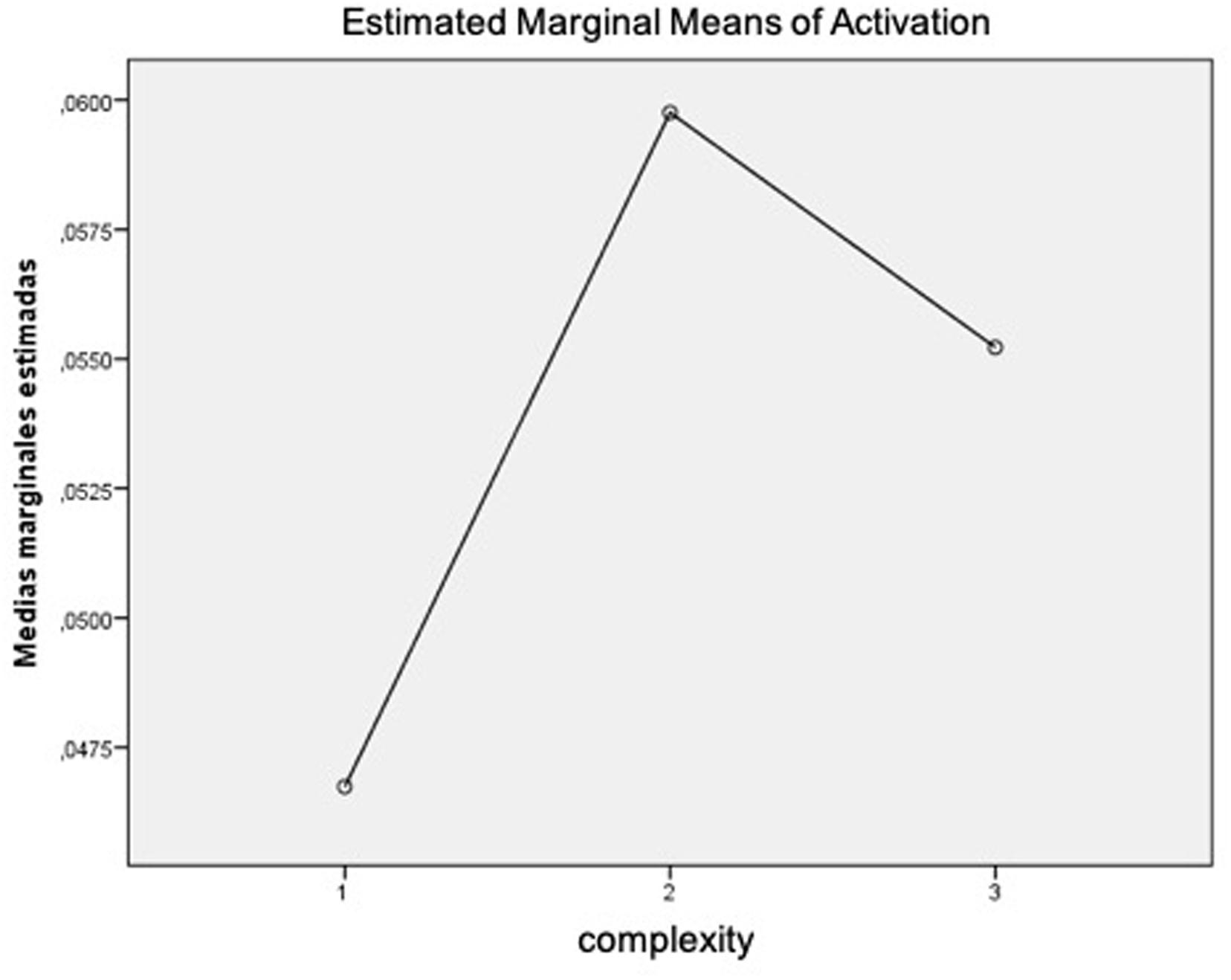
- #Galvanic Response Definition Download Your Free
- #Galvanic Response Definition Portable And Can
- #Galvanic Response Definition Free Copy Below
Galvanic Response Definition Portable And Can
BioScan Technology is easy to use, painless and non-invasive GSR assessment testing which is typically performed by the. It is fully portable and can be transported in a typical laptop roller bag and takes only a few minutes to set up. The BioScan Device is a USA FDA cleared, state of the art Galvanic Skin Response (GSR) testing system.

Galvanic Response Definition Free Copy Below
Galvanic Response Definition Download Your Free
You can download your free copy below and get even more insights into the world of Galvanic Skin Response. This post is an excerpt from our Galvanic Skin Response Pocket Guide. The sweating on hands and feet is triggered by emotional stimulation: Whenever we are emotionally aroused, the GSR data shows distinctive patterns that are visible with bare eyes and that can be quantified statistically.N.B. The voltage is so small that it cannot be perceived.One of the most sensitive measures for emotional arousal is Galvanic Skin Response (GSR), also referred to as Electrodermal Activity (EDA) or Skin Conductance (SC).Galvanic Skin Response originates from the autonomic activation of sweat glands in the skin.
The density of sweat glands varies markedly across the body, being highest on the forehead and cheeks, the palms and fingers as well as on the sole of the feet.Whenever sweat glands are triggered and become more active, they secrete moisture through pores towards the skin surface. It contains an extensive network of nerve cells that detect and relay changes in the environment based on the activity of receptors for temperature, pressure, and pain.Consistent with this complexity of function, the skin has three primary layers:2 Dermis (cushion for the body from stress and strain)3 Hypodermis (anchor to bones and muscles)Our body has about three million sweat glands. Together with other organs, it is responsible for bodily processes such as the immune system, thermo-regulation, and sensory-motor exploration:As a protective barrier, the skin separates our body from the environment and its threats – mechanical impacts and pressure, variations in temperature, micro-organisms, radiation, and chemical agents.The skin controls body temperature by regulating sweat emission, piloerection (“goosebumps”), and peripheral blood circulation.The skin is an organ of perception.
To put it bluntly: While we are physiologically or psychologically aroused (in fear, extreme joy or under stress), we start to sweat.In case you were thinking sweat running down in streams, let‘s give the all-clear here: Actually, we don‘t need to be sweat-flooded in order to see differences in electrodermal activity (in fact, the sweating doesn’t even need to be visible).Besides emotional stimulus properties, recent findings indicate that skin conductance is also sensitive towards other aspects of a stimulus.Are we familiar with the stimulus or do we encounter it for the first time? Is the stimulus threatening or rewarding? Do we associate the stimulus with wins or losses, love or hate, anticipation and outcome, memory recall or cognitive work? Against this backdrop, changes in skin conductance might also reflect motivational and attentional processing. Now what does that mean exactly?Exposure to fear-inducing stimuli (an angry face, the sight of a creepy spider etc.) induce emotional arousal, causing an increase in sweat secretion and, ultimately, measurable electrodermal activity.In emotional situations, bodily processes are triggered automatically: The heart beats faster, the pulse rises, hands become sweaty. GSR & emotional arousalSo far, so good: Emotional experiences trigger changes in autonomic arousal quite impressively. Increased sympathetic activity is associated with bodily indicators of “autonomic arousal” such as increased heart rate, blood pressure, and sweating.Regulates slowly changing processes associated with „resting and digesting“ or „feeding and breeding“.Sweat secretion and the associated changes in skin conductance are nonconscious processes that are solely under sympathetic control and reflect changes in arousal. Rather, it is driven and balanced by our autonomic nervous system in order to meet behavioral demands (to prepare and execute energetic movement, for example).Most broadly, the autonomic nervous system can be separated into the following two “subdivisions”:Represents a rapid response mobilizing system, facilitating immediate motor action (“fight or flight”). Emotional sweating?Like other vegetative auto-regulatory processes (body temperature, heart rate, blood pressure, gut motility etc.) sweat secretion cannot be controlled consciously.
Also, autonomous responses towards threatening stimuli typically do not subside even in the presence of safety reminders. Think of this: A terrifying encounter with the neighbor’s vicious dog in your childhood certainly triggers autonomous arousal and increased sweating when you come face to face with dogs in later life (perhaps even an image of a dog is enough to give you the creeps).Clinical populations such as patients suffering from eating disorders, phobias or post-traumatic stress syndrome (PTSD) show heightened fear responses and emotional arousal to trauma reminders. Introverts), social expectancies (“men are not afraid of the dark!”), and the interaction of cultural aspects and individual learning histories.
For example, shopping preferences and decisions in cosmetics are primarily based on affective and sub-conscious processes. GSR can be measured to track emotional arousal towards products with high consumer interest, however only subtle differences in terms of performance and quality.


 0 kommentar(er)
0 kommentar(er)
